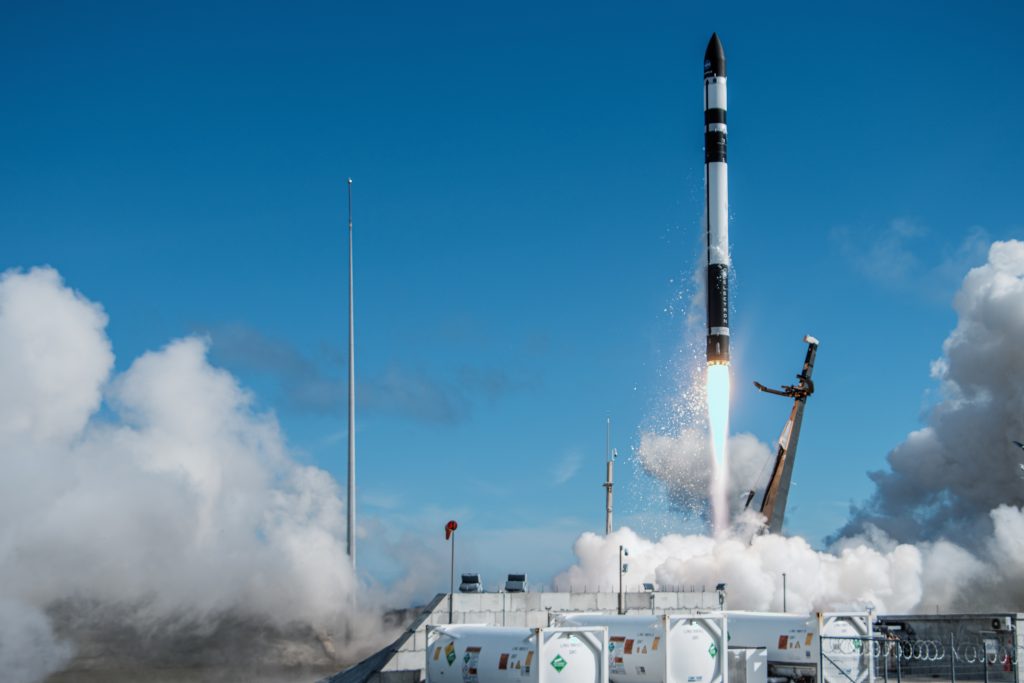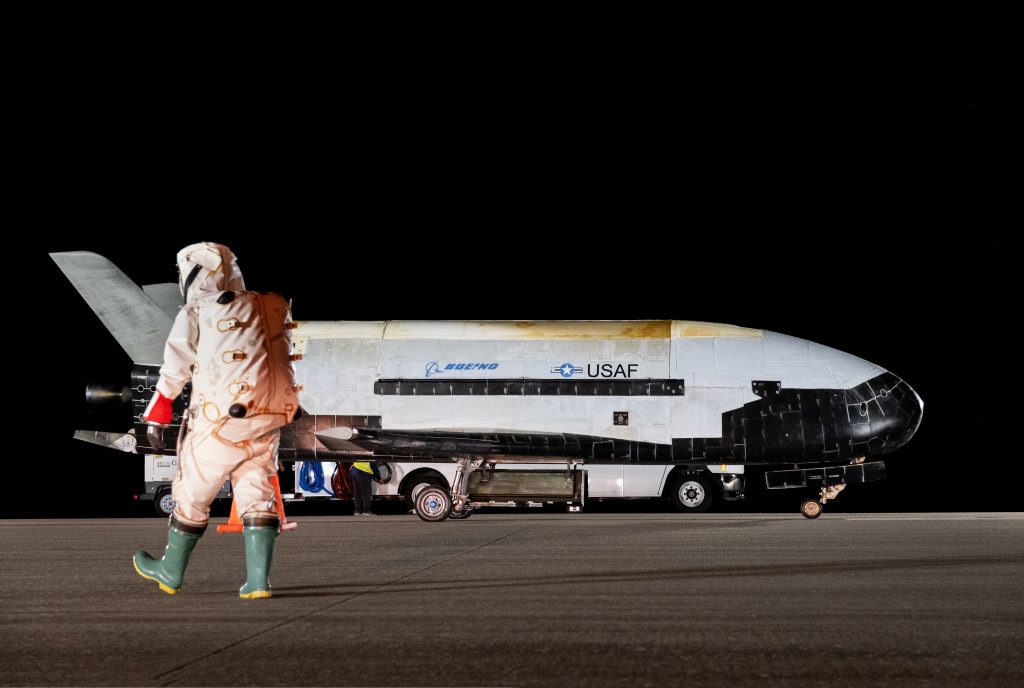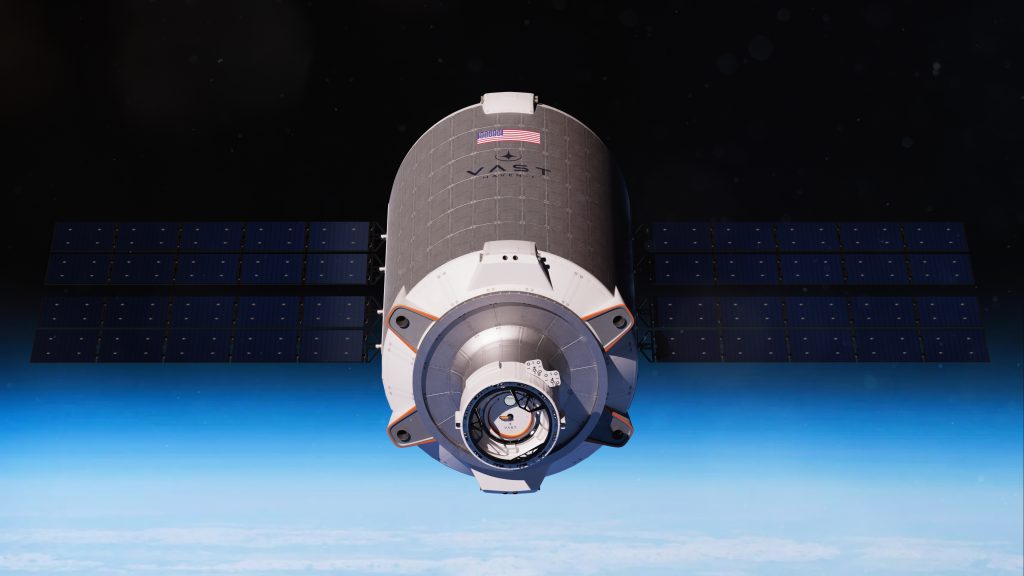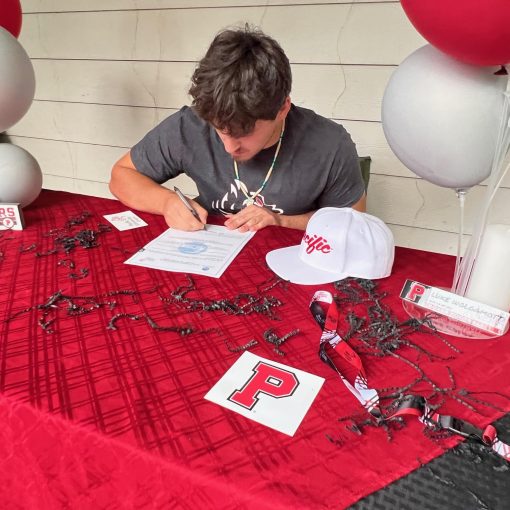Welcome back to Spaceflight Insight: your weekly dose of digestible space news.
To kick off this week’s space news we will travel to the Southern Island of New Zealand where the small satellite launch company, Rocket Lab, launched their latest payload.

Rocket Lab is known for their small satellite launch vehicle called Electron.
On this latest launch, the payload is a NASA satellite called TROPICS. TROPICS is a hurricane detection and observer satellite. As explained during the broadcast, current satellites can only take wind readings every few hours. The new TROPICS constellation will allow meteorologists to update the severity of a hurricane every few minutes.
On May 7th the “Rocket Like A Hurricane” mission successfully launched the first two TROPICS satellites. In the coming months the next satellites in this constellation will be launched by Rocket Lab.
Next in space news, a mysterious space plane has successfully landed in China.
On May 8th the small reusable spacecraft landed somewhere at a Chinese air base. While information about this mission is scarce, what we do know is that after being launched on August 4th, the small space plane was observed to release a small satellite by the US Space Force.
After 276 days in space the spacecraft landed. It is believed that this spacecraft is very similar to the US Space Force’s X-37 space plane that undergoes similar secretive missions.

Heading back to the US, a space startup and SpaceX announced a ground-breaking mission. On May 10th, the aerospace company Vast announced that they have purchased a spot on a Falcon Heavy rocket to launch the world’s first commercial space station.
The small habitation module, while simple, will be the first space station created for the growing space tourism industry.

The “Haven-1” station will eventually grow adding more facilities and science opportunities. Vast stated that the launch is planned for no earlier than August 2025. After the launch of the station a Dragon 2 capsule will be launched for the Vast – 1 mission to put the first people on the station. The mission will remain on the station for 30 days.
Another piece of news comes from SpaceX. In a tweet by SpaceX founder Elon Musk, it was revealed that the next generation of Raptor engines have been test fired at a never before seen pressure of 350 bar.
The Raptor main engines are the main engines that powered the Starship launch vehicle. The vehicle has already been using the Raptor V2 engine that greatly reduced the complexity of the original Raptor V1 engine. With improvements to the engine the capabilities of Starship can be improved.
To close out this week’s Spaceflight Insight I am happy to bring an update to the JUICE mission. In the last article we talked about how the large radio antenna on the probe failed to open. On May 12th the European Space Agency shared that after maneuvers designed to break the antenna free, the antenna was able to be unlatched from its closed position. So far it looks like the JUICE mission has no other problems.

I hope to make these digestible bits of spaceflight news better, so If you have any aerospace questions or some feedback, don’t hesitate to let me know. Contact me at codyeutsler@gmail.com.
As always, fly safe.




